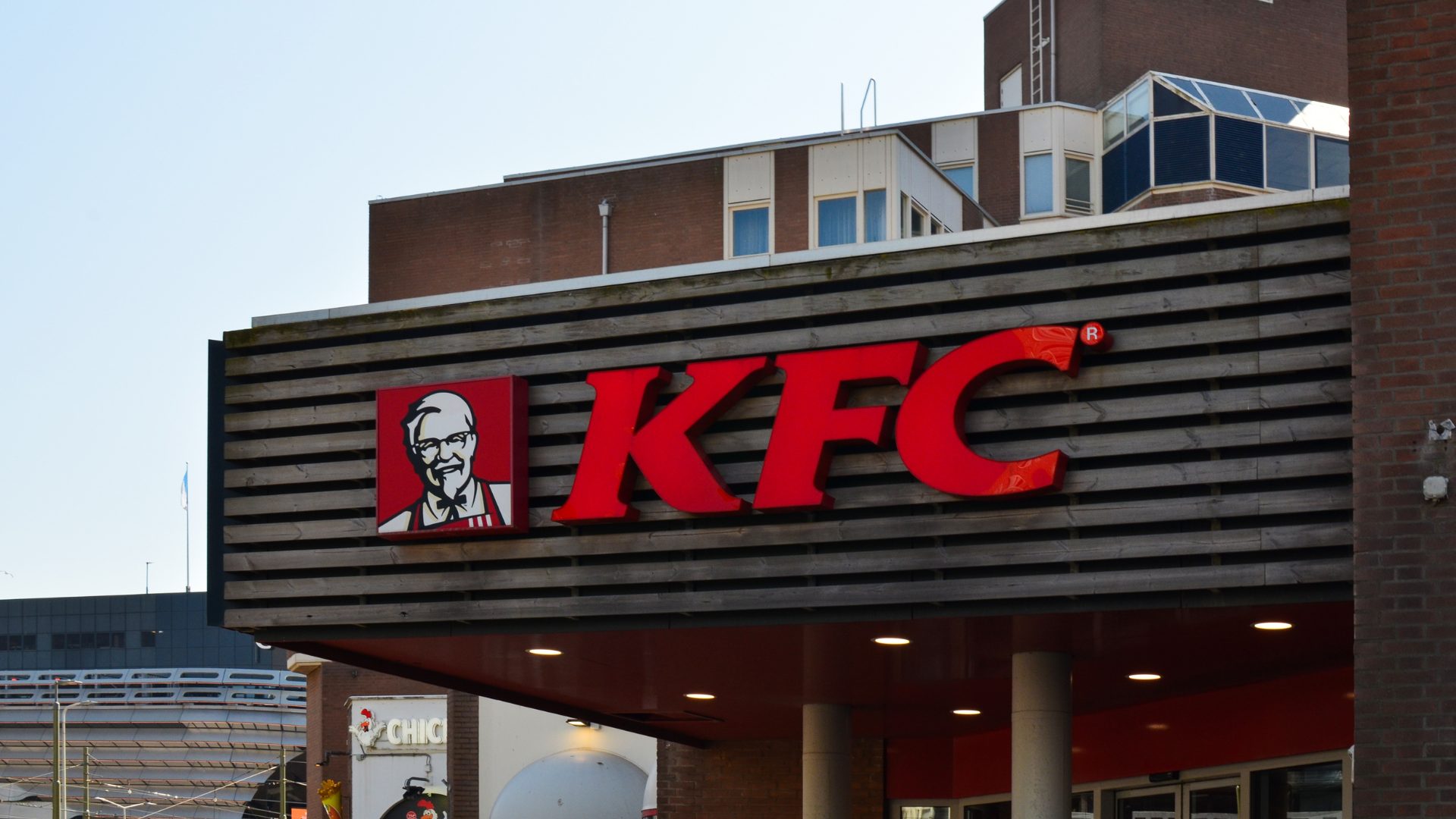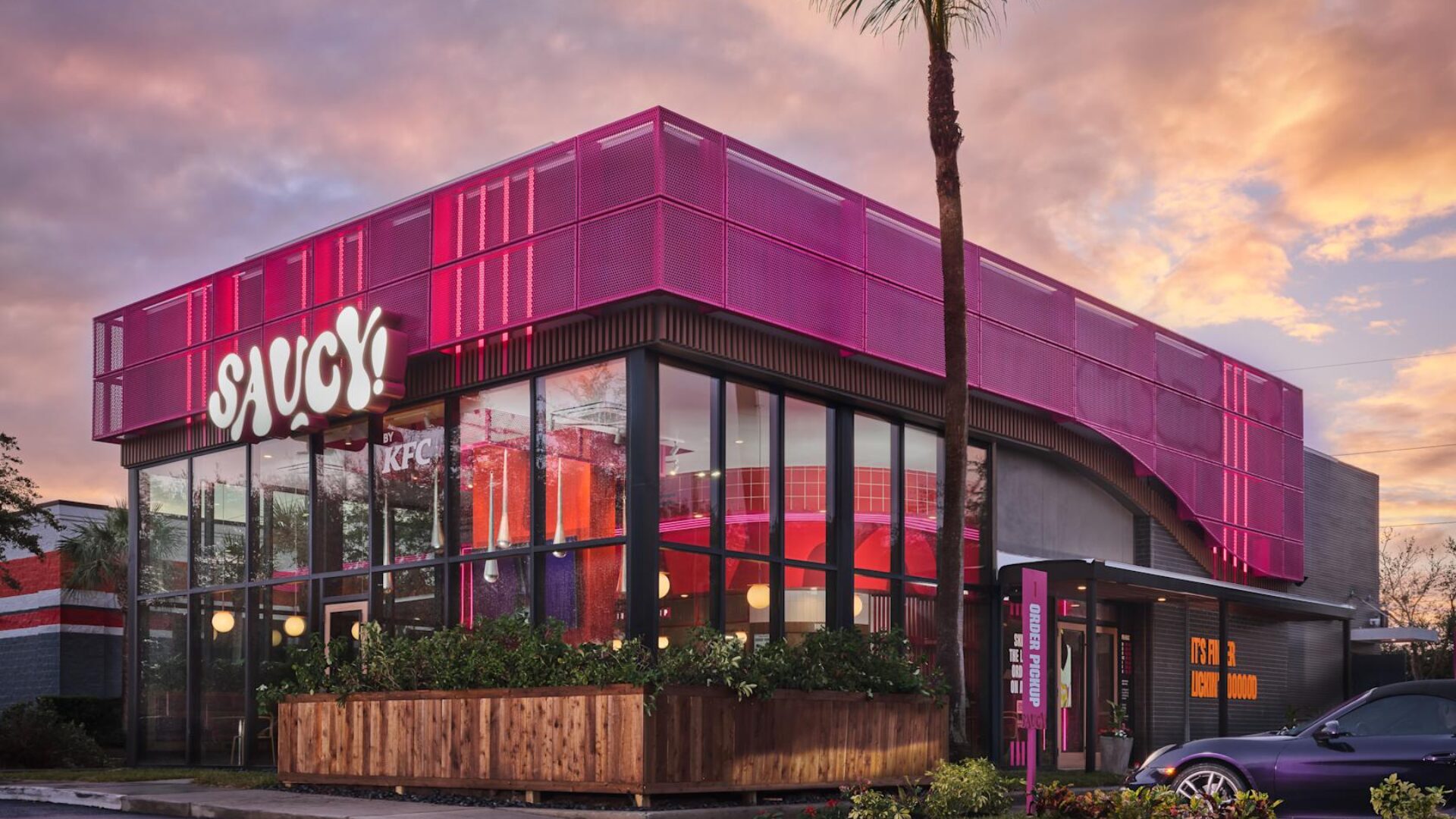Hiring new employees is hard for businesses across the food landscape. Retaining them is even harder. And if you are a restaurant operator amid the current worker shortage, your staffing problems are the hardest.
The Bureau of Labor Statistics’ labor data from Nov. 2021 shows that people are quitting foodservice in droves. According to the report released on Jan. 4, quit rates for the accommodation and foodservice industry has grown from 4.8% to 6.9% over the past year, a larger jump than any other sector listed.
Despite the growing quit rate, hiring has largely remained stagnant over the past year, with restaurant industry hiring rates at 8.1% in both Nov. 2020 and Nov. 2021, while most other industries saw at least modest hiring growth. Because of this widening gap between restaurants needing workers and employees leaving the industry, the rate of foodservice job openings has grown significantly, from 5.8% to 8.4% over the past year. (Nation’s Restaurant News, Jan. 5)
With that, some restaurants are thinking outside the box to retain staff.
Zazie
Megan Cornelius, co-owner of Zazie, a French restaurant in San Francisco, said the eatery managed to avoid the worker shortage thanks to the benefits it offers staff, including paid family leave, health and dental insurance, and a 401(k) with employer match.
Cornelius said only a handful of the 40-person staff had left the restaurant over the past five years, to either change city or switch careers. No one had quit to work at another restaurant instead, she claimed.
The restaurant also has a no-tip policy, put in place by the previous owner. Instead, staff get extra money through profit sharing. Servers get 12% of their sales, and 12% of the restaurant’s total sales are shared between back-of-house staff, which Cornelius said created less of a division between front- and back-of-house staff and removed the bias associated with tipping. (Business Insider, Feb. 19)
Bonanno Concepts
Colorado restaurant group Bonanno Concepts, which operates 10 Denver area restaurants, hired a full-time mental health clinician to help its waiters, cooks and other staffers manage the stresses of working in the hospitality industry. (NPR, Feb. 12)
The company’s licensed professional counselor has taught stress reduction techniques and led mediation sessions for the company’s 400 employees. She’s also conducted mental health workshop to help with holiday-related sadness and grief, one-on-one therapy sessions, and referred a few employees to more specialized help elsewhere.
“I know of no other restaurants that are doing this – groups or individual restaurants,” said co-owner Jacqueline Bonanno. “It’s a pretty big leap of faith.”
Dig
Fast-casual restaurant chain Dig is testing a four-day workweek with its hourly kitchen staff, giving them the option to work full-time hours compressed into four days. The company is currently offering the four-day-workweek schedule at six restaurants, including locations in Philadelphia and New York City, and plans to add it to as many as five additional locations in the first half of 2022. (Fast Company, Feb. 17)
Education Leads to Engagement
Celebrity chef and independent restaurant consultant Brian Duffy didn’t mince words on The Food Institute Podcast: labor problems in the restaurant industry didn’t pop up overnight, and they are significant.
Duffy said restaurant workers were already used to inflexible work schedules, but simply sticking to a schedule could boost morale with employees. He also recommended giving staff more time off to enjoy some of life’s little pleasures, even if it meant going to another restaurant for dinner.
Additionally, he said employee education periods at restaurants are typically around the time of their grand openings, and that by providing ongoing education and mentorship, employee interest in their job would increase.
“By educating your staff, they’re one going to be a little bit more loyal to you because they feel more comfortable about what it is that they’re doing,” he said.
Editor’s note: The March Food Institute Report will take a more extensive look at the current labor situation and hiring strategies for 2022.











